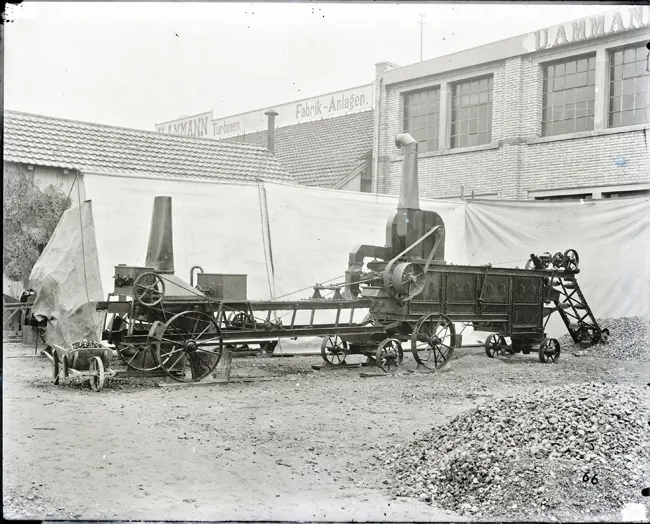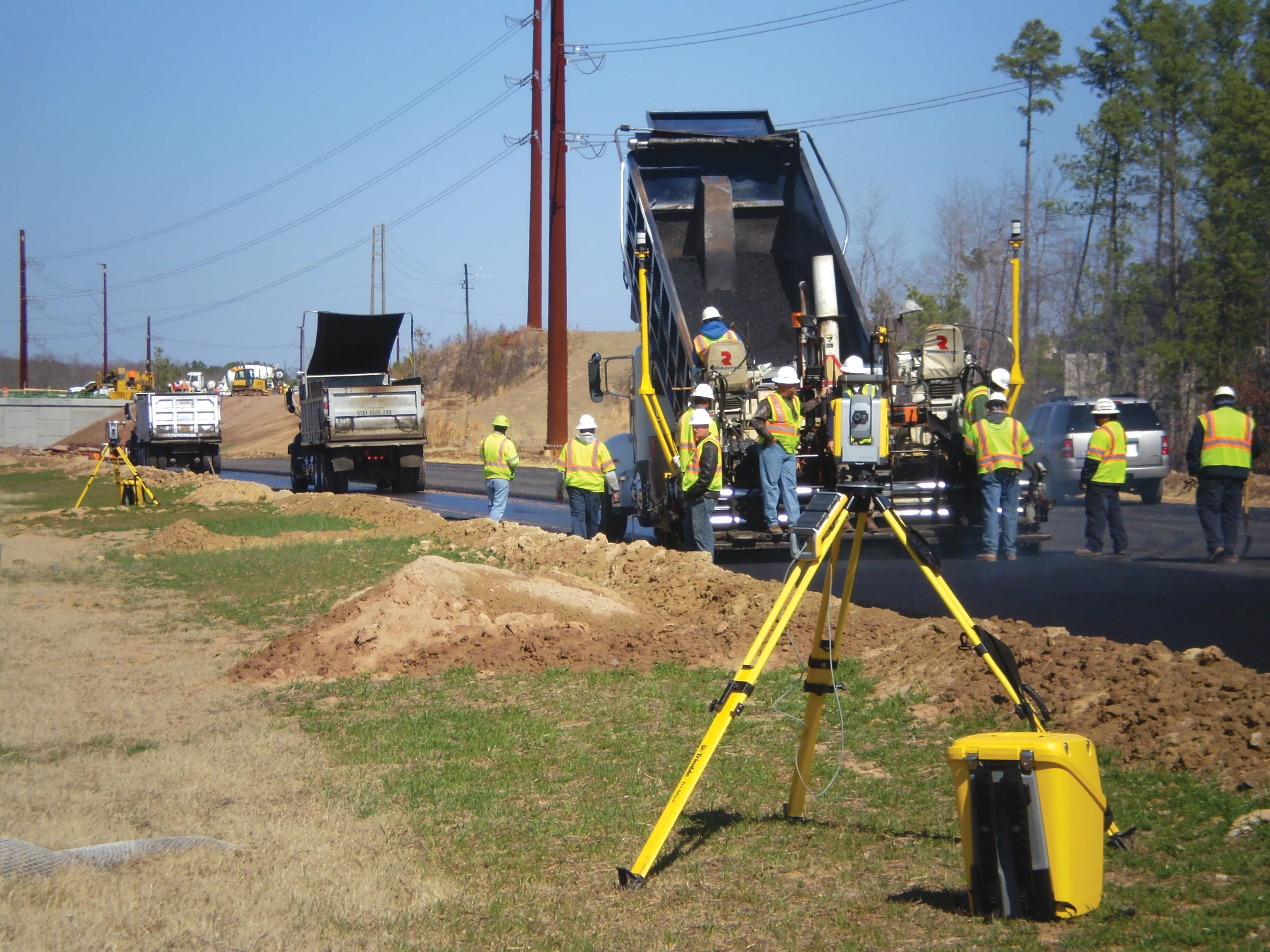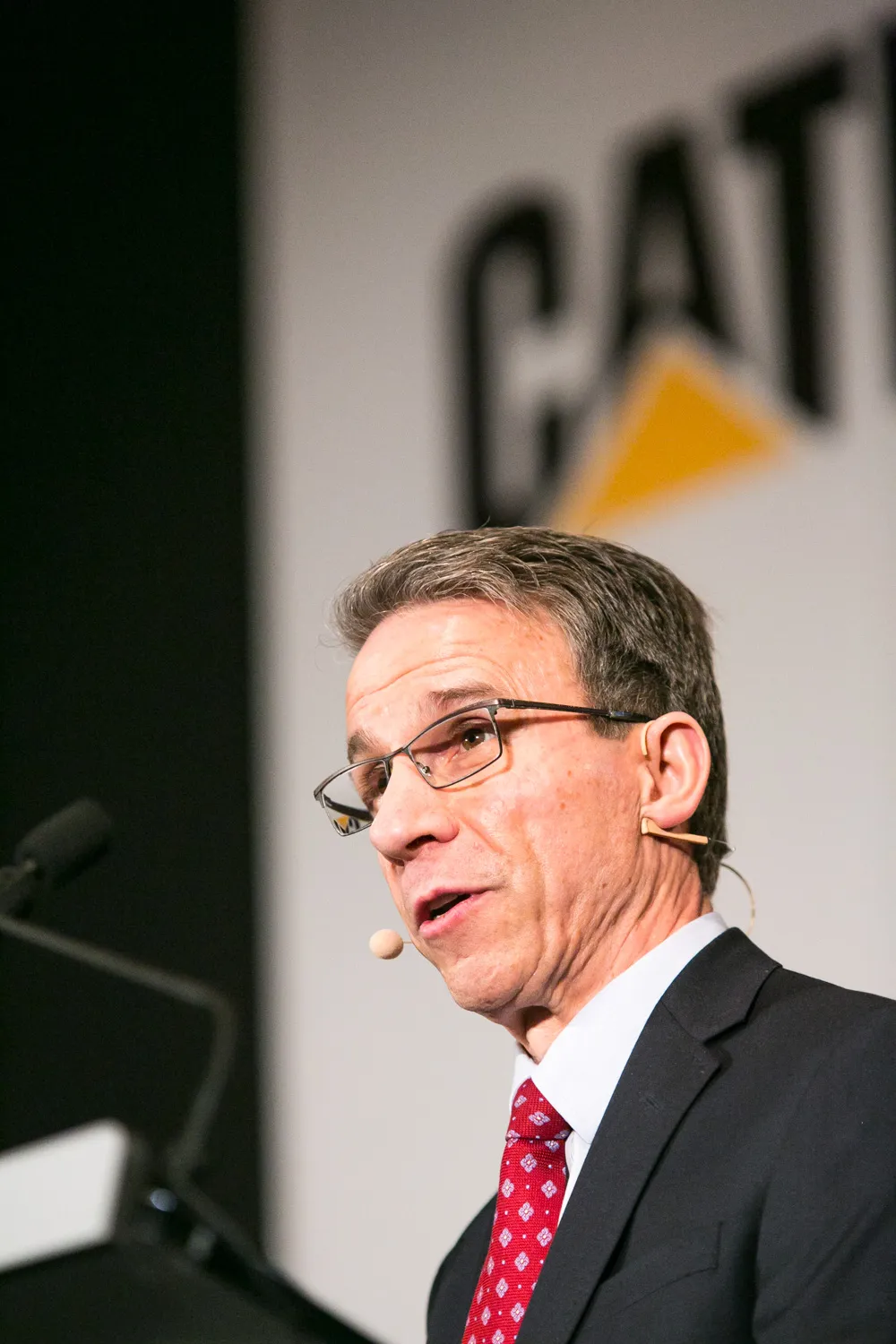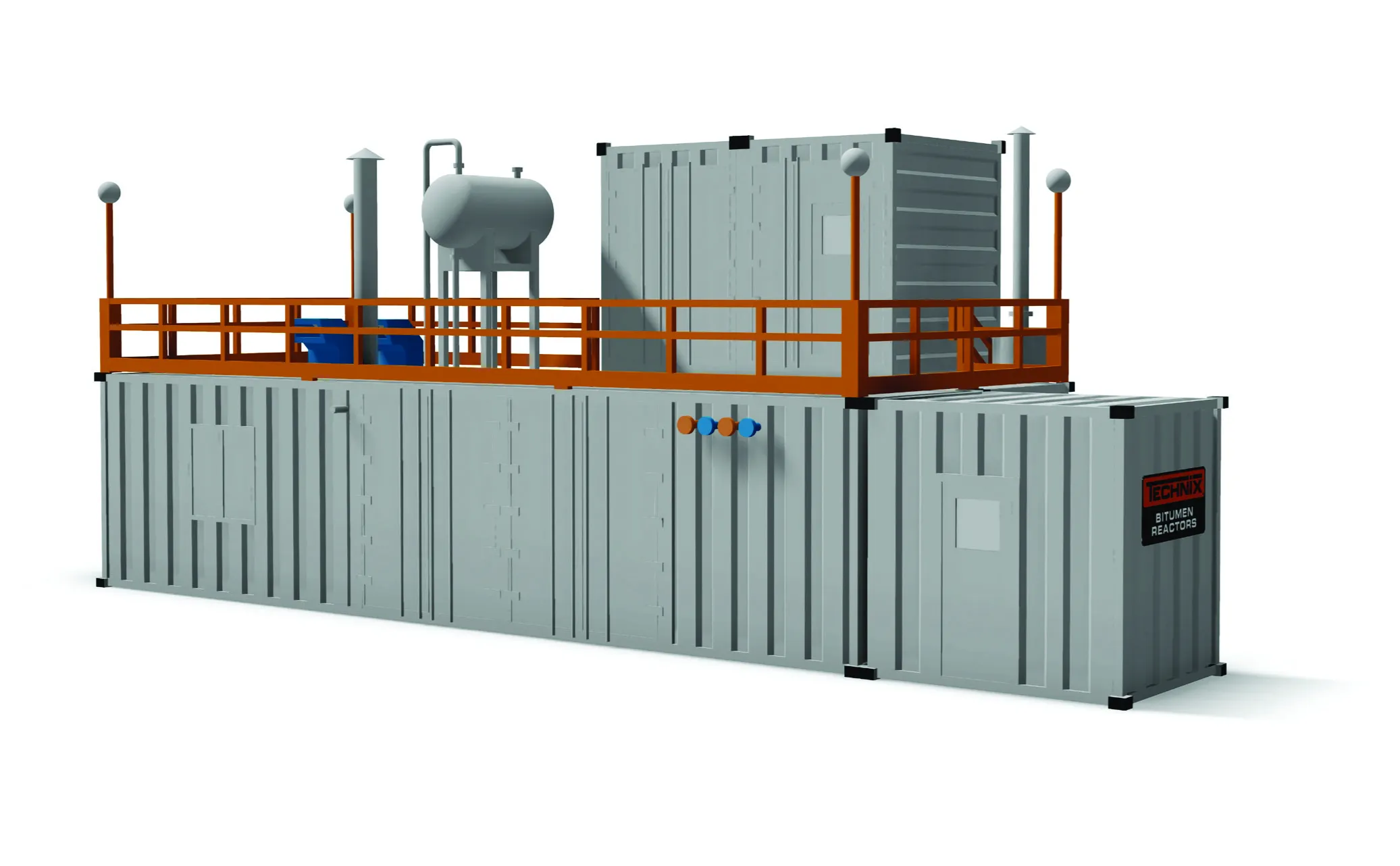
Construction machine manufacturer
Such solutions traditionally involve the use of technology. He pointed to a Macadam machine as just one example. Patented by Ammann in 1908, it produced and placed an early form of asphalt. “As we look back, we can see that this Macadam machine utilised what was revolutionary technology at the time,” Schneider said. “As we look ahead, we know that the focus on furthering technology must continue.” The Macadam machine, which eliminated a significant dust problem, was also an early nod toward sustainability. “The machine improved the environment around it,” Schneider said. “It was one of the first sustainability efforts in roadbuilding. Sustainability, like solution-oriented technology, is a common theme throughout the history of Ammann.”
He continued, “For a long time the company has been investing in the success of our customers and sustainable corporate growth, and our success is proof that such an approach works. Now, in our 150th year, we are very well positioned worldwide as we continue to rely on innovative products, customer focus and highly qualified employees.”









